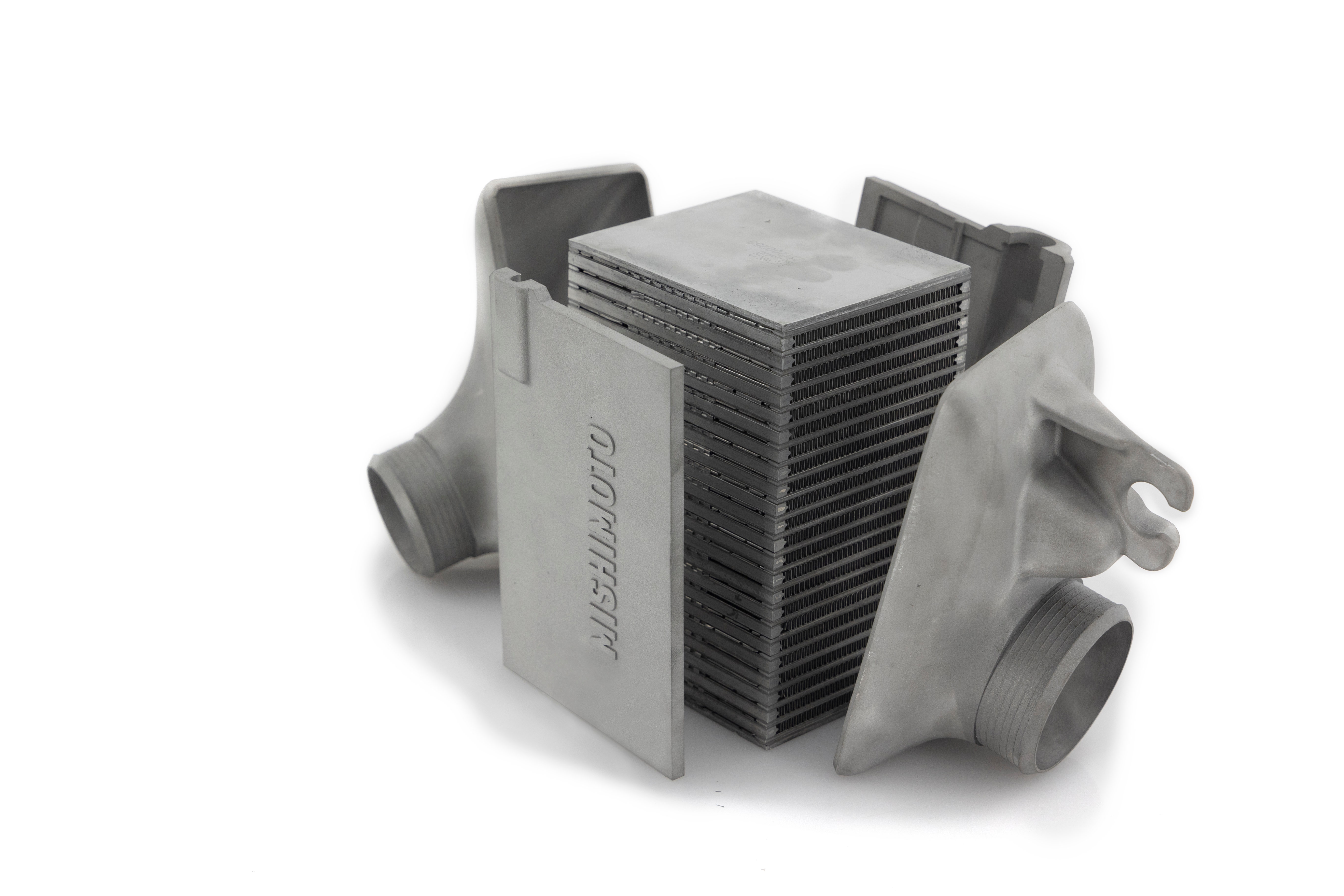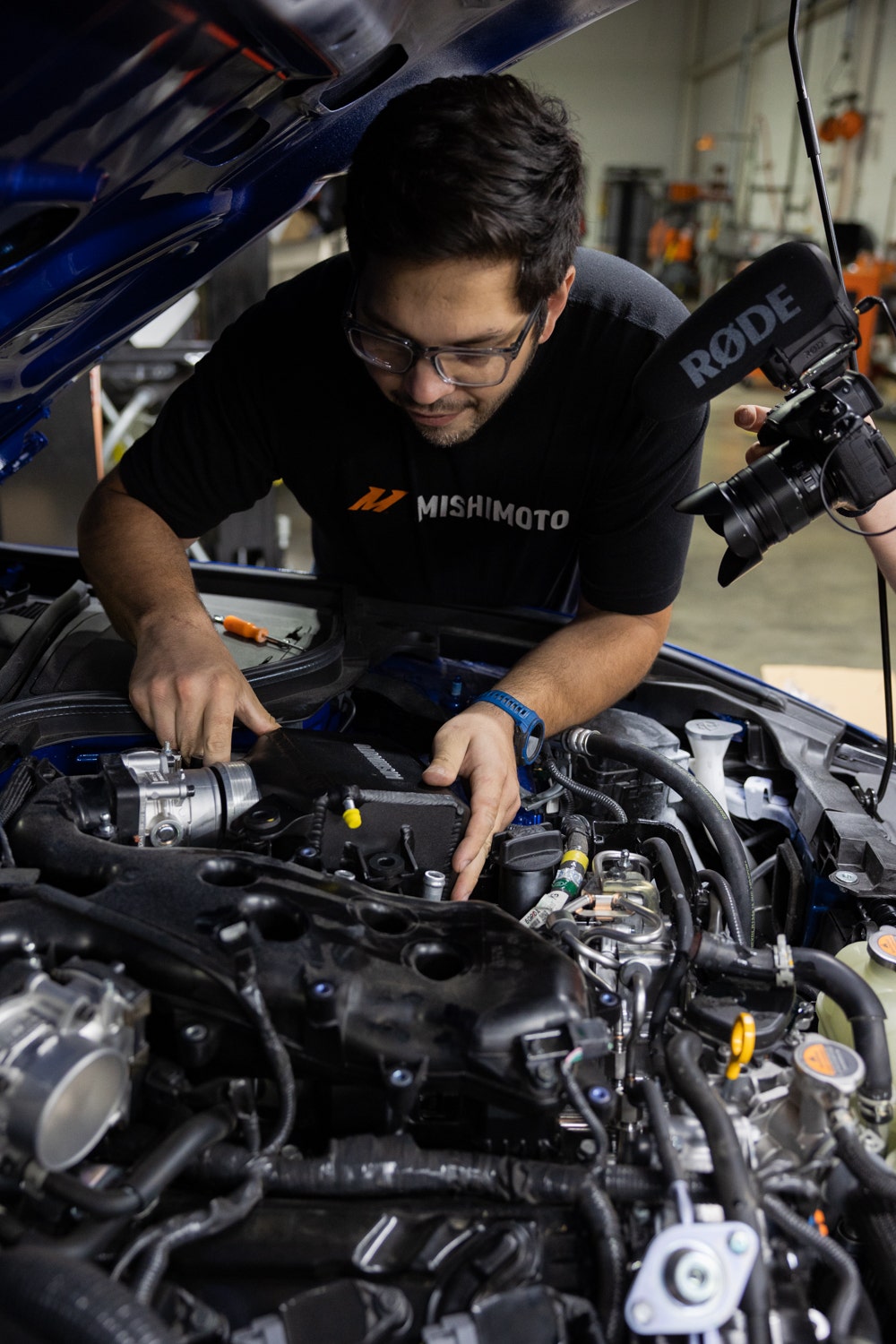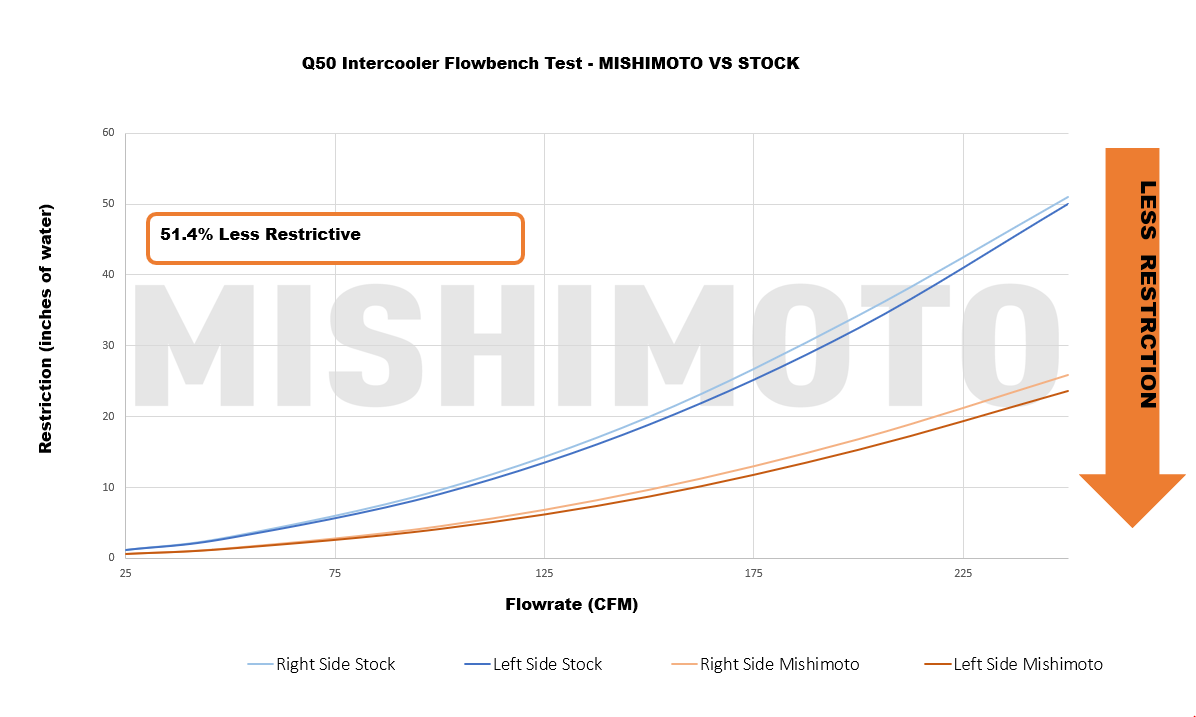
Upcycle – 2023+ Nissan Z Performance Intercooler R&D, Part 1 – Plans and Prototypes
We all know how the saying goes. “If it ain’t broke, don’t fix it.” Like any overutilized cliché, there’s some truth to it. It wouldn’t have assimilated into our lexicon if it wasn’t, right? The same sentiment rings true for Nissan’s Z-cars. These sporty coupes don’t change much between generations, but we can help but adore them. The latest generation is no exception to this trend. Nissan upcycled many of the primary aspects of the latest Z. From the retro styling, the 370Z DNA underpinning the chassis, and the VR30DDTT nestled under the characteristically long hood, we’ve seen these designs before. To some, it may seem like a parts bin model, but we all know this concoction results in a new, exciting car packed with potential. Potential that we already have the plan to unlock.

The twin-turbo V6, otherwise noted as the VR30DDTT, taking up residence in the Z’s engine bay, is a familiar face to us here at Mishimoto. Trickled down from Nissan’s GT-R, this V6 is the beating heart for the Z’s highfaluting cousin, the Infiniti Q50 and Q60. Like the Infinitis, the gateway to unlocking serious power for the VR30 lies in the intercooling system.

The Z is equipped with an air-to-water intercooling system from the factory, which includes a secondary radiator and a small intercooler for each cylinder bank. These intercoolers may be small, but they’re mighty since the thermal conductivity of liquid is greater than air. However, even in air-to-water intercooling, size matters, and we already have plans to improve.
For more on the intricacies of intercooling, make sure that you visit our tech article:
Intercooling Methods Explained
The design for the Z’s intercooling system overhaul started with our development of the Q50 system. Since both platforms utilize the same intercooler units, we can upcycle our improved design for the Z as well. But before we dive into how they look and perform on the Z, let’s take a look at how we’re improving the design.
As previously mentioned, these Zs are rolling off the assembly line sporting a pair of air-to-water units, one for each cylinder bank. These intercoolers combine a tube-and-fin core mated to a set of plastic end tanks. This construction method is ideal for OEMs since they can be produced in mass without breaking the budget while providing adequate performance. However, for those demanding more from their VR30-powered sports car, these factory units leave something to be desired.

We started with a core overhaul to keep up with the demand of big turbos and performance tunes. We ditched the lightweight tube-and-fin construction in favor of the more robust bar-and-plate configuration. This core construction is a more durable core choice, and the heavy-duty design lends itself to improved heat transfer.

Beefing up the core was only one of our plans. On top of the heartier construction, these cores are also growing in size compared to the OEM units. Specifically, the added dimensions equate to a 49.8% increase in core volume, which is ideal for better heat management, especially when contending with increased boost pressures.


No intercooler, air-to-water or otherwise, would be complete without a set of end tanks. Where the OEM units utilized a plastic injection molded design crimped to the cores, we opted for a metal takeover. We cast these new tanks in aluminum and sculpted all four units to optimize flow to and from the core for improved performance. When fixed to the core, the total result is a 51.4% reduction in flow restriction through the system.

With anything being renewed, reused, or repurposed, Nissan had to tweak the VR30 for its tenure under the Z’s hood. Obviously, it needed a slight attitude adjustment going from a luxury sedan to sports car duties, but more importantly, there were updates made for fitment. Some components shifted around, so we also needed to adjust our intercooler kit for fitment. While our kit technically fits in the Z without modifications, we still opted to make our design updates so that our intercoolers fit like a factory component. Make sure you stay tuned for the first look at our updates and how these intercoolers perform.
Thanks for Reading!
– Nick




